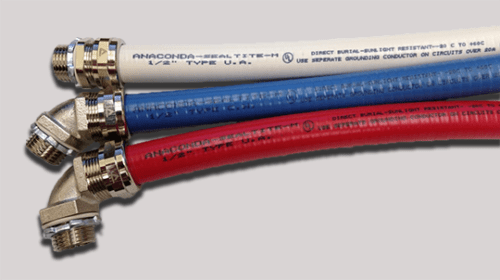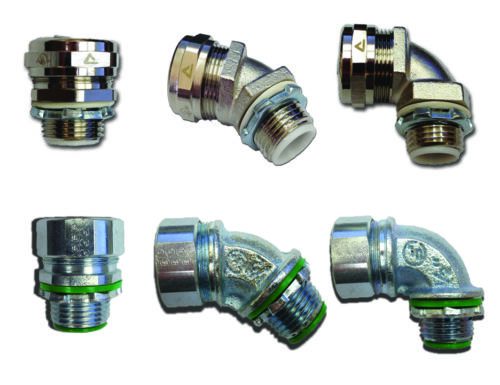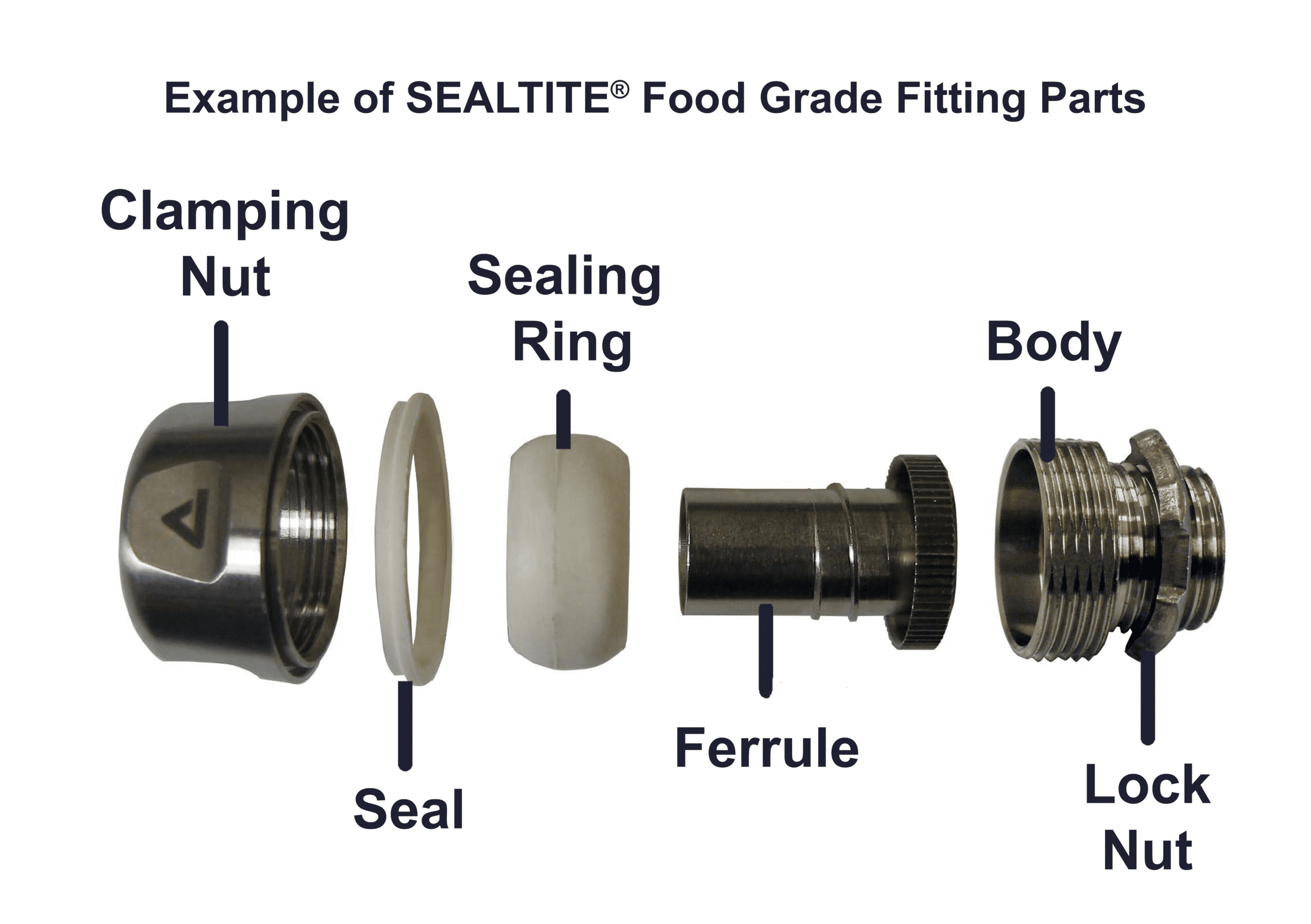A Guide to Flexible Conduit Fitting Parts
In order to effectively protect electrical wiring, both a flexible conduit and a liquid-tight seal are necessary.
Flexible Conduit is a tube used to route and protect wires and cables. It is typically made of metal or plastic.
A Liquid tight seal is a special type of fitting that is used to create a watertight connection between the conduit and an electrical box or enclosure. This type of seal is essential in preventing moisture from damaging the wiring. In addition, it helps keep out dust, dirt and other debris.
Together, a conduit and a liquid tight fitting provide an effective way to protect electrical wiring from the elements. When installed properly, a liquid tight seal will provide years of trouble-free service.
Types of Conduit Fittings
In many electrical applications, conduit fittings are crucial. Conduit fittings are available in various materials, Trade sizes and 45-degree, 90-degree or straight configurations.
When selecting conduit fittings, it is important to consider the application and the type of conduit being used. Operating conditions such as temperature, humidity and corrosion must also be taken into account. Safe electrical conduit fittings are described in the National Electrical Code (NEC) that is frequently updated to keep up with new technology and electrical safety requirements.
How to Choose the Right Conduit Fitting
Among available fittings, material, shape and finish are essential features.
The most common types of conduit fittings include:
- Straight: This allows conduit to be directly connected to the side of an enclosure.
- 45-degree: This allows wiring to take a slight bend when being connected between flexible conduit and an enclosure.
- 90-degree: This allows wiring to take a full corner bend, aligning conduit with the side of an enclosure.
Other types of flexible conduit fittings are less commonly used, including ground lug, strain relief, cord grips and ATEX (European Explosive Environment rated) fittings. All of these fittings serve different purposes, but they all play an important role in ensuring that electrical systems can be properly installed and maintained.
Conduit Fittings Assembly
Correct assembly of fittings on conduit is essential. Fitting components contribute to the liquid tight seal on conduit, so make sure each piece is properly installed before moving on to the next step.
- Make sure the end of conduit is smooth, without rough edges.
- Make sure fitting threads and the enclosure are clean and dry.
- Do not cross threads while assembling the fitting parts.
- Tighten the fitting to UL/CSA torque for a secure, liquid tight seal.
Here is a short instructional video to show how to cut conduit and install a Food Grade hygienic fitting.
ANACONDA SEALTITE® Fitting Features
- Clamping or Gland Nut: This design constrains the sealing ring to firmly hold the conduit jacket.
- Sealing ring: The shape and flexibility of this polymer ring firmly holds the conduit when the nut and body are firmly tightened.
- Ferrule or Ground Ferrule: The threads and cap on the ferrule fit the conduit end and internal convolutions for a firm grip and liquid tight seal.
- Body: Internal geometry of the fitting body cup the sealing ring to constrain the conduit.
- Sealing Washer: Where installed, this washer seals the fitting against an enclosure.
- Lock Nut: The tiger claw lock nut resists loosening when the fitting is attached to an enclosure.
- Insulated Throat: Where installed, this polymer insulator prevents wires from chafing on the edge of the fitting.
- Enclosure Seal: Where installed, such as on hygienic fittings, this seal promotes a firm seal against an enclosure.
Conduit Systems from Anamet Electrical
Anamet Electrical, Inc. manufactures conduit systems with corrosion resistant, liquid tight, electrical conduit and fittings. Our products connect and protect electrical wiring in harsh operating conditions. Please visit to learn more about our UL listed Flexible Conduit Fittings , contact us to request a quote, and let us help you find the perfect fit for your next project.




